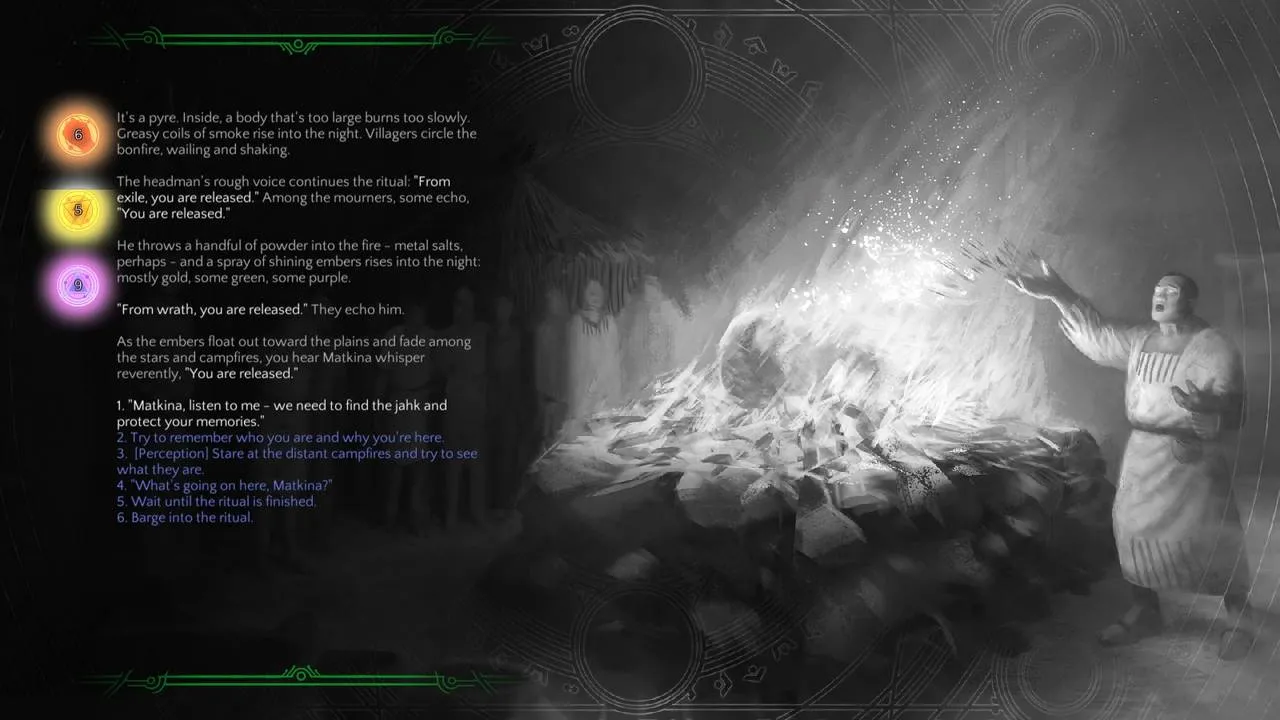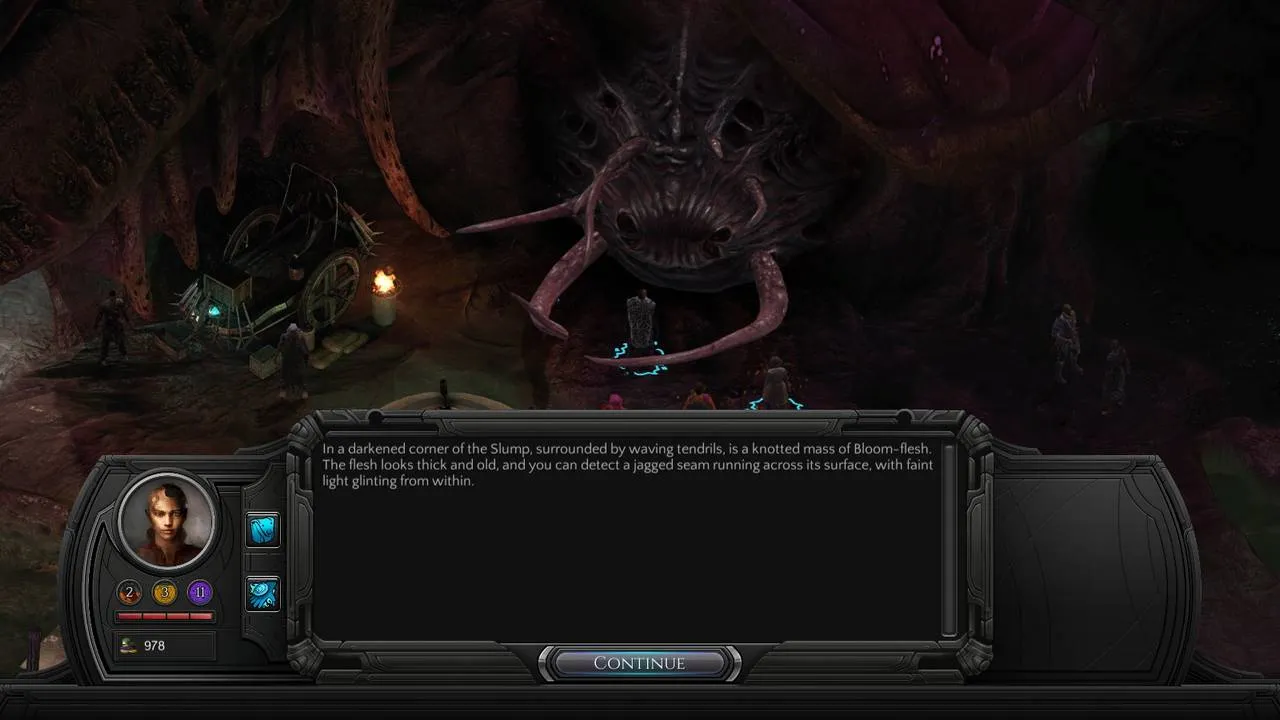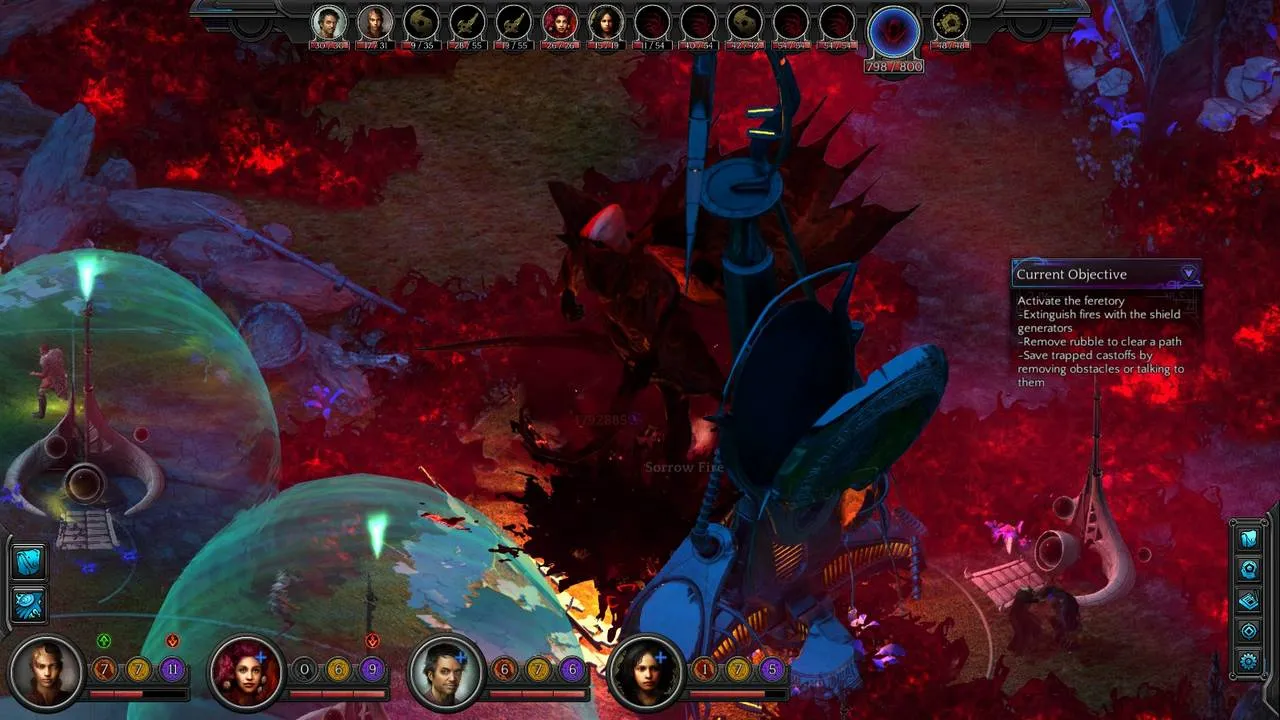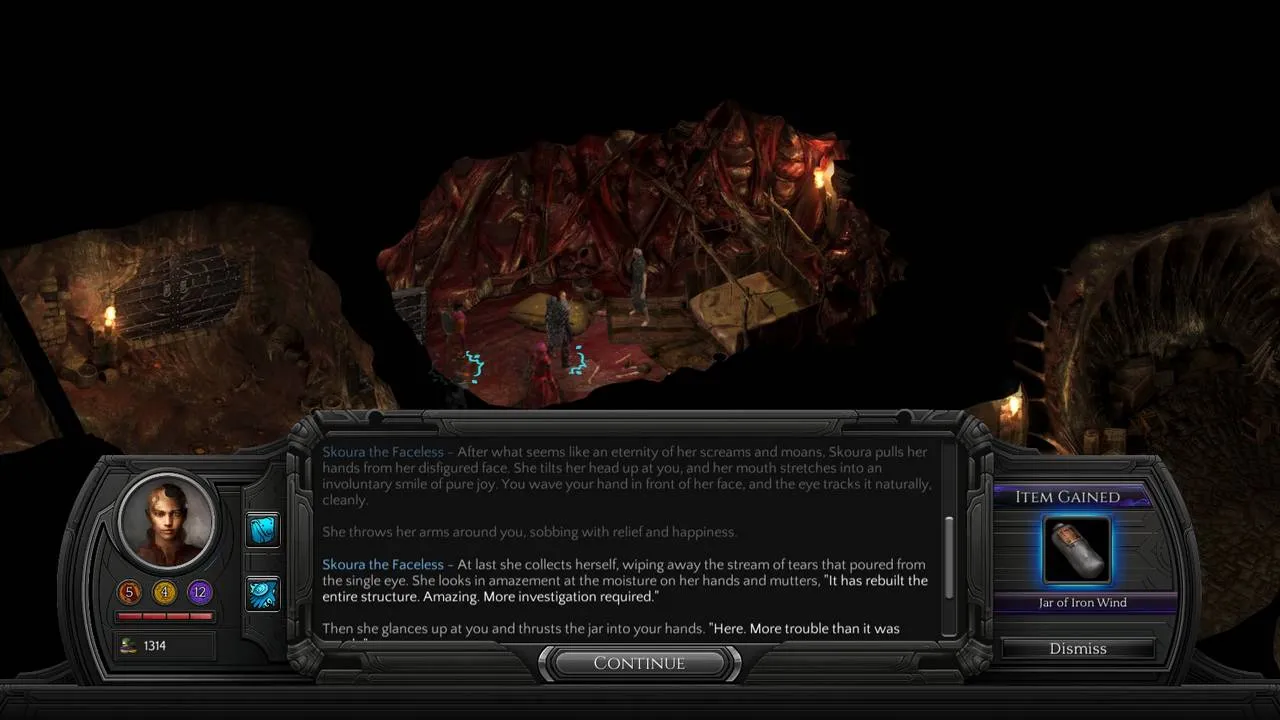
Torment: Tides of Numenera Review: A Legacy Lost in Time
Contents
You awaken, eyes heavy, resisting your attempts to open them. A fierce wind whips past, chilling you to the bone. You realize you’re falling, plummeting through an endless black void. The wind tears at your eyes as you plunge headfirst towards a distant light. “TERMINAL VELOCITY.” You hit the ground. This is the unceremonious end of the Last Castoff, a tragic demise before their purpose is even discovered.
This is just one of the many abrupt endings players can encounter in the opening moments of Torment: Tides of Numenera. Seventeen years after the release of Planescape: Torment, a CRPG lauded as a cult classic, expectations were high for its spiritual successor. Unfortunately, Torment: Tides of Numenera struggles to live up to the legacy of its predecessor.
 Torment: Tides of Numenera – Screenshot of the opening fall
Torment: Tides of Numenera – Screenshot of the opening fall
The Burden of Forgotten Souls
Torment: Tides of Numenera asks, “What does one life matter?” This seemingly simple question belies a complex philosophical exploration of identity and purpose. It echoes Planescape: Torment’s focus on existential questions, but lacks the same impactful delivery. The game’s narrative attempts a grand, philosophical tone, often overwrought with verbose descriptions and unnecessarily complex language. While initially intriguing, this style quickly becomes tiresome. The constant barrage of flowery prose and metaphorical language ultimately detracts from the narrative’s impact.
 Torment: Tides of Numenera – In-game environment
Torment: Tides of Numenera – In-game environment
The story itself is predictable, revolving around the Last Castoff, the discarded body of the Changing God, a being who achieved immortality by transferring their consciousness into new hosts. The Last Castoff’s journey to discover their purpose is hampered by a meandering plot and a reliance on repetitive fetch quests. The mystery surrounding the Changing God is quickly resolved, and the narrative momentum stalls as the player is constantly redirected from one character to another.
The Mere and the Anamnesis: A Narrative Crutch
The game’s reliance on the Anamnesis, the Last Castoff’s ability to access past memories, further weakens the narrative. While Planescape: Torment used memories to enhance character development, Tides of Numenera employs them as a convenient plot device, often bypassing meaningful character interactions and offering simplistic solutions to complex problems. The Mere, a realm of memories, becomes a narrative crutch, used to explain away plot holes and justify the Last Castoff’s actions.
 Torment: Tides of Numenera – Character interaction
Torment: Tides of Numenera – Character interaction
Broken Promises and Unfulfilled Potential
The game’s mechanics are equally underwhelming. The Tides system, intended to reflect the player’s morality and influence the world, has minimal impact on the narrative or gameplay. The Labyrinth, a representation of the Last Castoff’s mind, serves little purpose beyond housing a repetitive character encounter. The Effort system, used for skill checks in dialogue and combat, is easily exploited by focusing on Intellect, rendering other stats largely irrelevant for players prioritizing non-combat solutions.
 Torment: Tides of Numenera – Combat encounter
Torment: Tides of Numenera – Combat encounter
Combat encounters, known as Crises, are frequently unbalanced and frustrating, often overwhelming the player with sheer numbers of enemies. The Cypher system, intended to add depth to combat with unique consumable items, is rendered trivial by the ability to reset their usage, further diminishing the need for strategic planning. The game’s visuals and audio also fall short of expectations, with bland environments, repetitive character models, and a forgettable soundtrack.
A Glimmer of Hope in Bloom
Despite its flaws, Torment: Tides of Numenera does offer moments of brilliance, particularly in the Bloom, a city of organic structures reminiscent of H.R. Giger’s biomechanical art. The quests and environments within Bloom are the game’s high point, showcasing a unique and unsettling atmosphere. The “Dracogen’s Price” quest line, in particular, offers engaging choices and a compelling narrative.
 Torment: Tides of Numenera – The Bloom
Torment: Tides of Numenera – The Bloom
Conclusion
Torment: Tides of Numenera ultimately fails to live up to the legacy of its predecessor. While it offers glimpses of brilliance, its flawed narrative, underwhelming mechanics, and technical shortcomings prevent it from reaching its full potential. The game’s ambitious philosophical themes are lost in a sea of verbose prose and underdeveloped characters. While the Bloom offers a refreshing change of pace, it’s not enough to salvage the overall experience. Tides of Numenera serves as a reminder that a strong premise and lofty ambitions are not enough to guarantee a compelling game.





Comments (0)